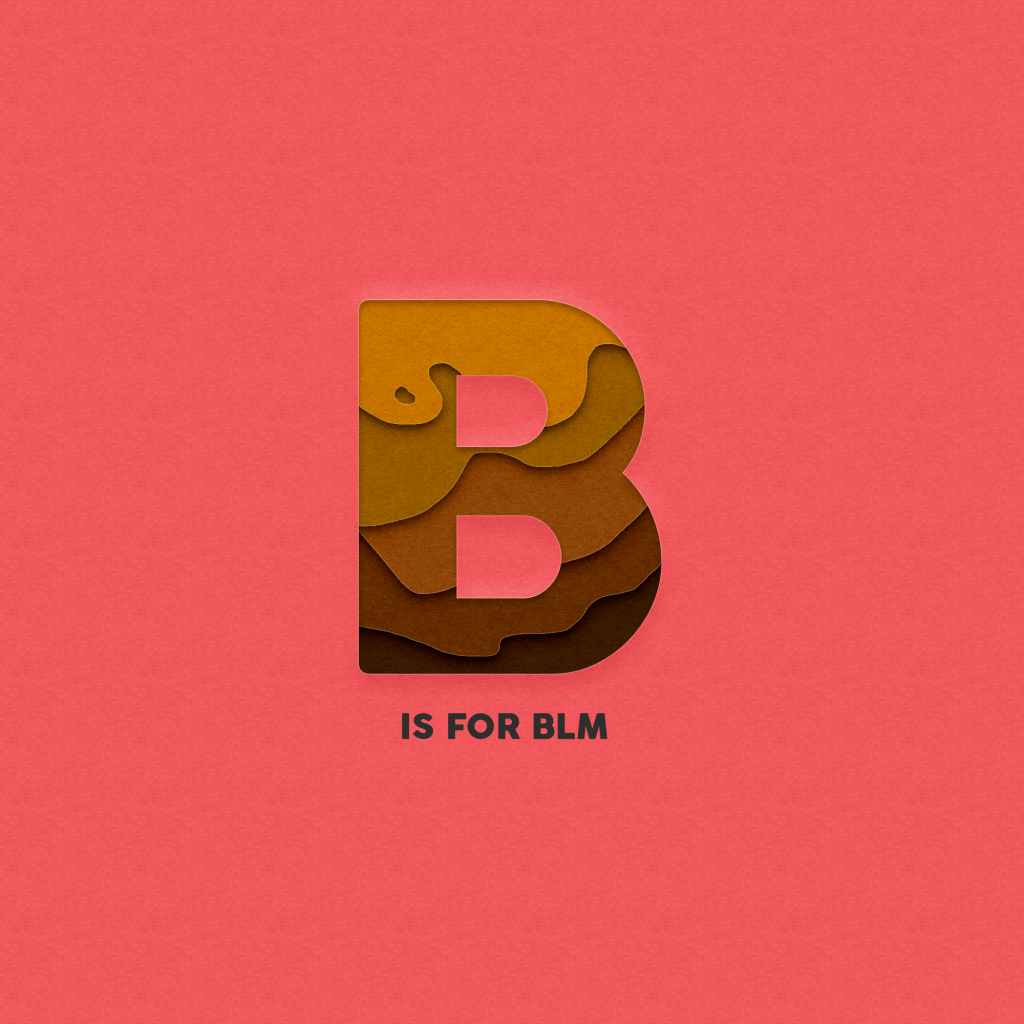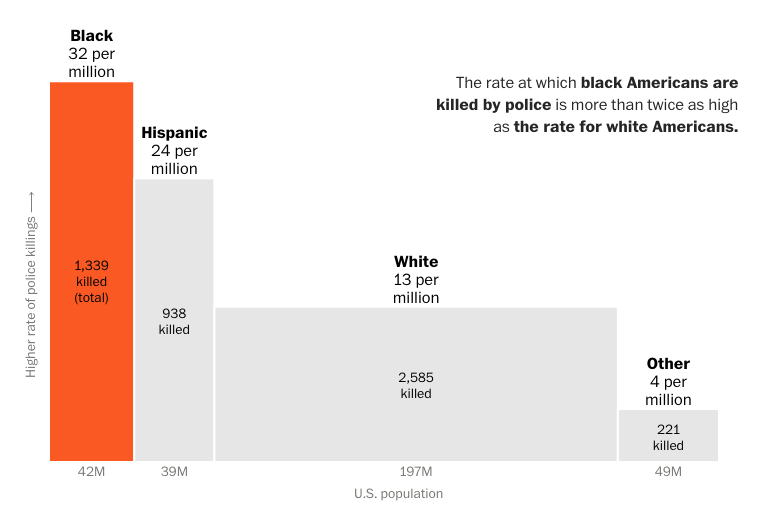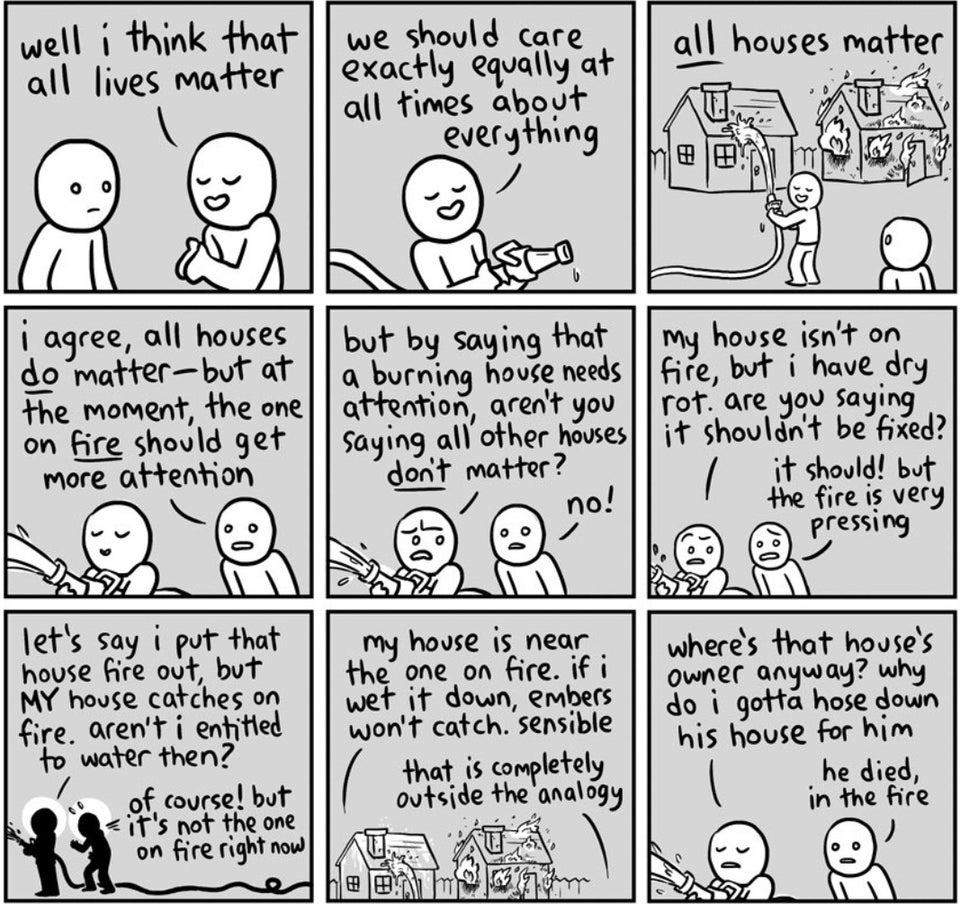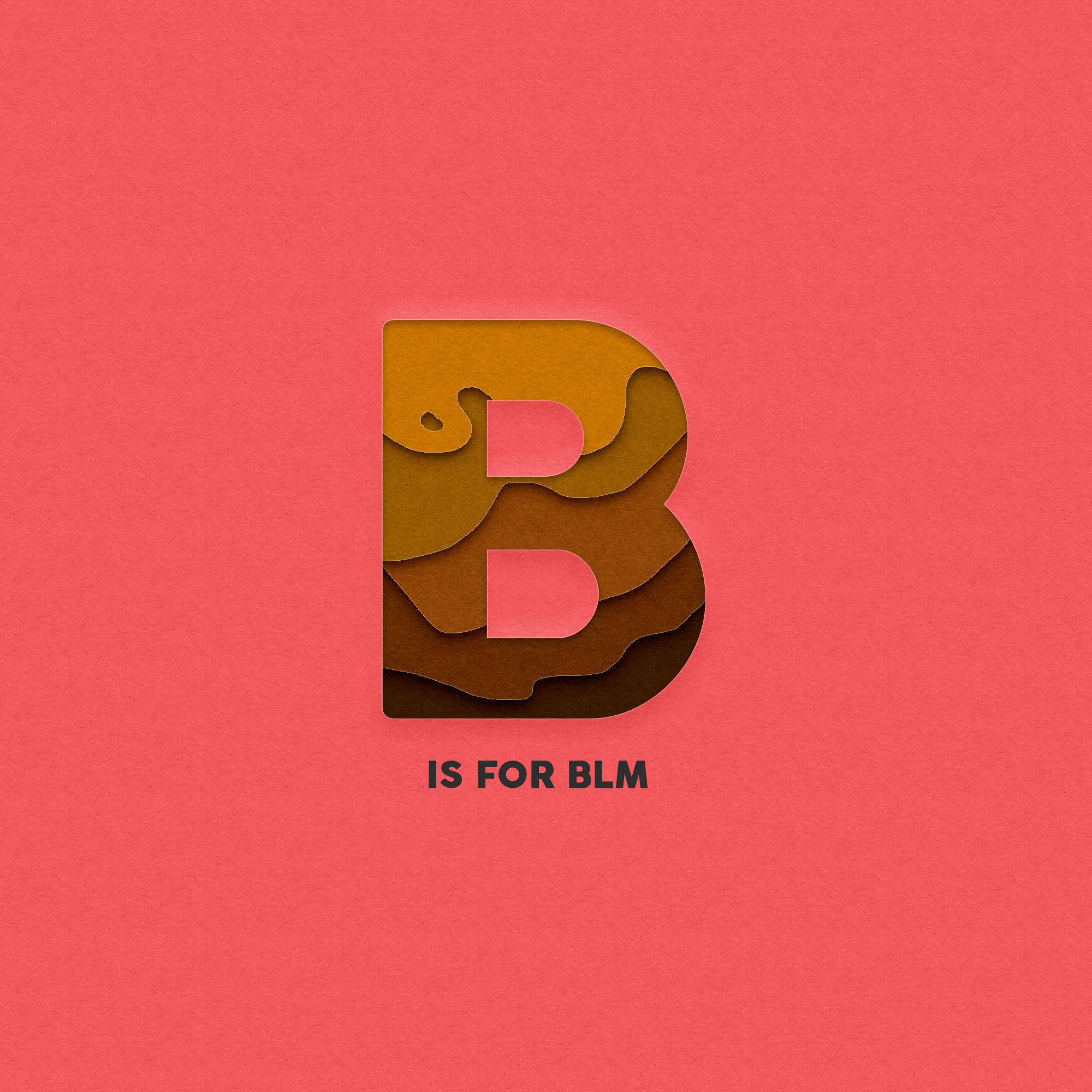With the dramatic increase in social media shares, demonstrations around the world and attention in international media, I suppose no one has missed the Black Lives Matter movement. The movement grew immensely during the first half of 2020 after the deaths of Breonna Taylor and George Floyd, two Americans killed by police, became high profile cases and international news.
In solidarity with the Black Lives Matter movement, and to protest against police brutality and structural racism, an estimated 15 to 26 million people participated in demonstrations in the United States during the first three weeks of June, possibly making the movement the biggest in its country’s history. America spoke up, and the world followed. People all over the world joined in protests against racism and police brutality in solidarity with the Black Lives Matter-movement (see a map of some of the recorded protests here).

And many of those who didn’t protest offline made sure to do so online. In May and June this year we saw the uprise in black squares shared on Instagram, often with the use of the hashtag: #blacklivesmatter or #blackouttuesday. To some, it may have seemed like the hashtags just appeared out of nowhere and spread internationally in no time, but #blacklivesmatter has been used since 2013.
The movement was initiated after the acquittal of George Zimmerman, the man responsible for the death of black teenager Trayvon Martin, as many went to the streets to protest racism and the inequalities that people of color experience. Black Lives Matter is a ’decentralized grassroots movement’, led by local activists organizing their own programs and protests. The online movement, and the hashtag #blacklivesmatter was founded by Patrisse Khan-Cullors, Alicia Garza and Opal Tometi. The phrase was first used in a Facebook post by Alicia Garza after the acquittal of Zimmerman, where she expressed her grief over the inequalities black people experience.
”What we need now more than ever is a human rights movement that challenges systematic racism in every single context”
– Opal Tometi, co-founder of Black Lives Matter
In short, BLM seeks to draw attention to the inequalities that black people experience and the ways that institutions, laws and policies continue that injustice. The movement aims to do so through political action, protests and letter writing.
Racism is structural and systemic effecting every aspect of life from unemployment rates, political influence, income, educational opportunities to access to health care. In fact, black men in the US are 12.7 times more likely to be imprisoned than white men of the same age and are disproportionately represented in statistics over fatal police shootings. Investigations led by The Washington Post have proven that the FBI undercount the amount of fatal shootings and have therefore created their own database. Their statistics have shown that black Americans are killed at twice the rate as white Americans.

Apart from the black squares and organizing protests, social media has been a tool to share material with an educational purpose such as videos, texts and even cartoons and memes on structural racism and inequalities. Part of the discussion has been explaining the difference between using the expression ‘all lives matter’ and black lives matter.

Want to learn more?
In the video below you can listen to the founders discussing structural racism and explaining why the movement is important. Note that this interview was filmed in 2016, a long time before the movement received its latest media attention, but its message is still just as relevant.
And here are some interesting texts on the subject:
- 18 ways to sustain the fight against racism
- 26 simple charts to show friends and family who aren’t convinced racism is still a problem in America
- Why saying ‘All lives matter’ misses the big picture
- Anti-racism requires so much more than ‘checking your privilege’
- How Black Lives Matter went from a hashtag to a global rallying cry
So, why has BLM become an international movement? Can a black square shared on a social media create social change? And what does police violence in the US have to do with global development issues? These are some of the questions that I will discuss in the next few blog posts.
What do you think about the BLM movement? Did you participate in any protests or share content online? Let me know in the comments!

